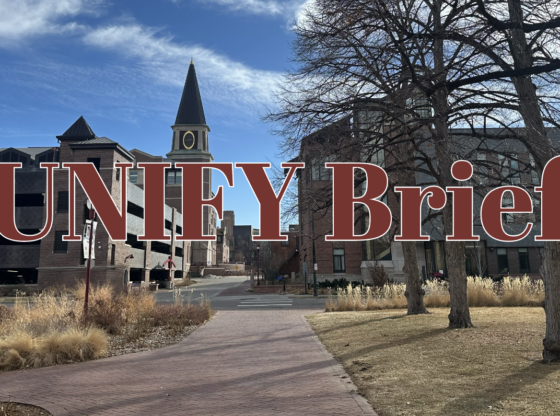Although the thought of taking a hike or hitting Rocky Mountain ski slopes between classes is appealing, DU’s plans to create a new mountain campus is a dangerous venture. DU representatives presented a vision for a mountain campus to the Grand County commissioners on Oct. 27. The campus is intended to serve as a beneficial “hands-on” experiential learning site for students interested in fields like sustainability and environmental science.
If approved, DU would renovate and preserve the historic Beaver Village Lodge in Winter Park to accommodate residential students. The Headwaters Center would serve as an academic building.
Between renovation and program endowment, the mountain campus is expected to cost $28 million dollars. Half of the funds needed by June to set the plan into motion––an accomplishment the university plans to achieve through fundraising and collecting philanthropic donations.
Nadia Kaneva, an associate professor in DU’s Department of Media, Film and Journalism Studies (MFJS) and member of the Faculty Senate at DU, was shocked to discover a Sky-Hi News article describing the monumental investment, especially in the midst of coronavirus-related salary cuts and tuition increases.
Both Kaneva and Derigan Silver, another MFJS professor and chair of the Faculty Senate Academic Planning Committee, doubt the millions of dollars can be collected before June. Donations have been decreasing since the onset of COVID-19, and the cost of the endeavor is greater than the amount DU has raised in a whole fiscal year.
However, even if it was possible to raise the aforementioned sum, why would the university prioritize this project over more pressing improvements needed on-campus, faculty research or student projects?
Chancellor Jeremy Haefner allegedly approved the preliminary presentation without consulting the faculty first.
“It’s very disturbing that the university would discuss such a major new project without any kind of faculty input,” said Kaneva. “If there is any educational component [at the mountain campus], the faculty [will] have to design and teach the classes.”
Faculty members like Kaneva view DU’s seeming lack of transparency as an administrative blunder. They approach the mountain campus plans with doubt and speculation, asking, what exactly is this mountain campus going to be used for?
“If done right, in a way that includes faculty input, the campus has the potential to attract students in meaningful ways,” said Silver. “It could advance research and bridge the urban and rural divide, [but] we don’t want this to be a resort house for privileged students to ski on the weekends. We would need to use it to advance diversity, equity, inclusion, research and outreach to the Indigenous community. We ought to provide underrepresented communities access to white-centric outdoor recreational activities.”
The DU administration has handled many recent issues with grace. COVID-19 positivity rates have been kept low for most of the quarter due to accessible testing. The university has implemented sustainable designs on campus, a noteworthy accomplishment. However, there have been some faux pas.
As Kaneva said, it is not the intent of the administration to create the perception that “we’re a school for rich spoiled white kids.” However, the mountain campus is one of several reinforcements of that viewpoint.
“The ‘Pioneer’ moniker is hurtful and offensive to our Native and Indigenous students and reproduces the legacy of colonialism, but the administration decided without faculty input to keep the mascot,” said Kaneva.
The mountain campus has the potential to demonstrate inclusive higher educational excellence, but the administration has not exhibited these values in its planning thus far. The project runs the risk of using philanthropic donations to reinforce the existing perception of DU as a white, rich ski-university.










